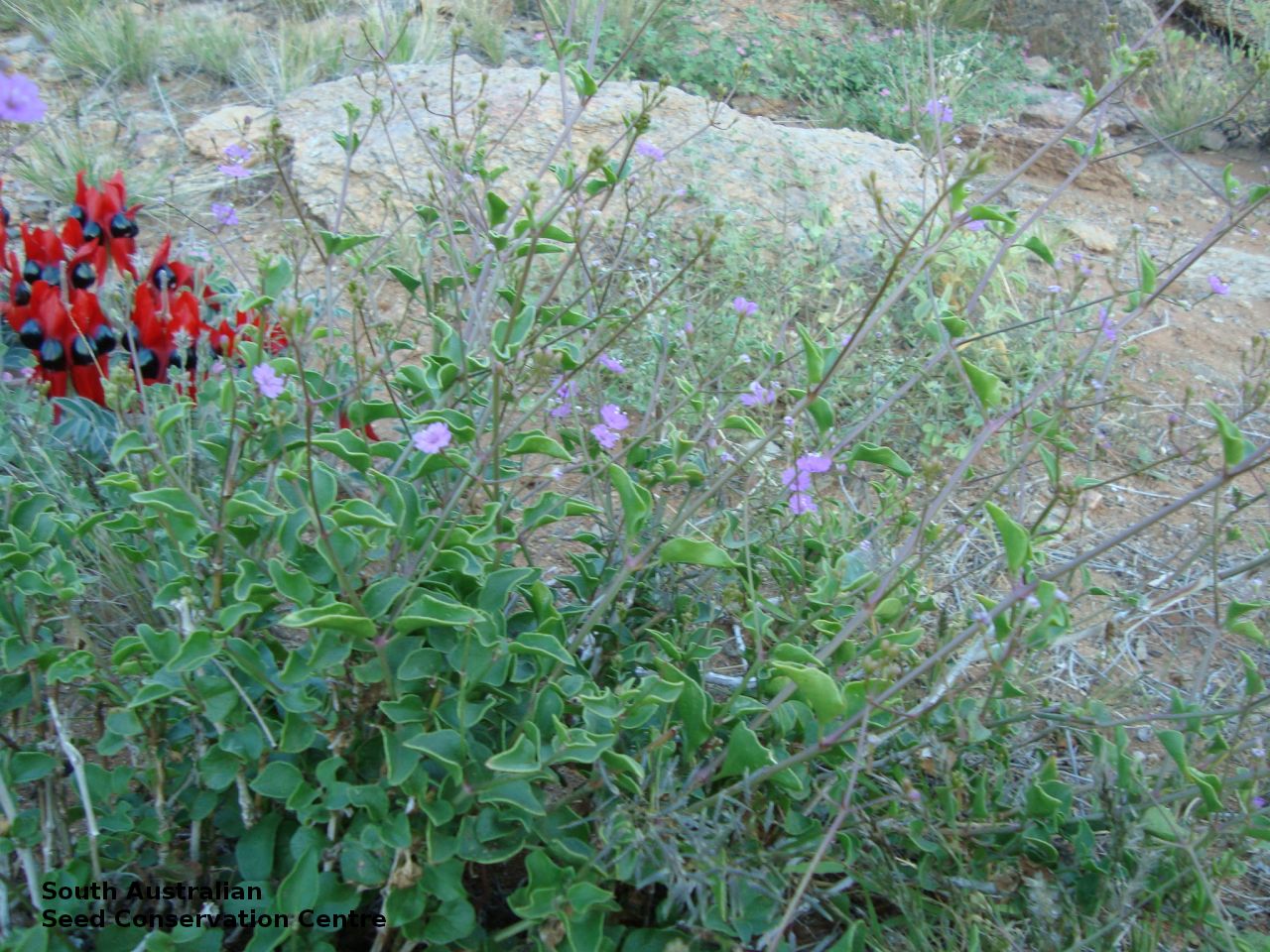
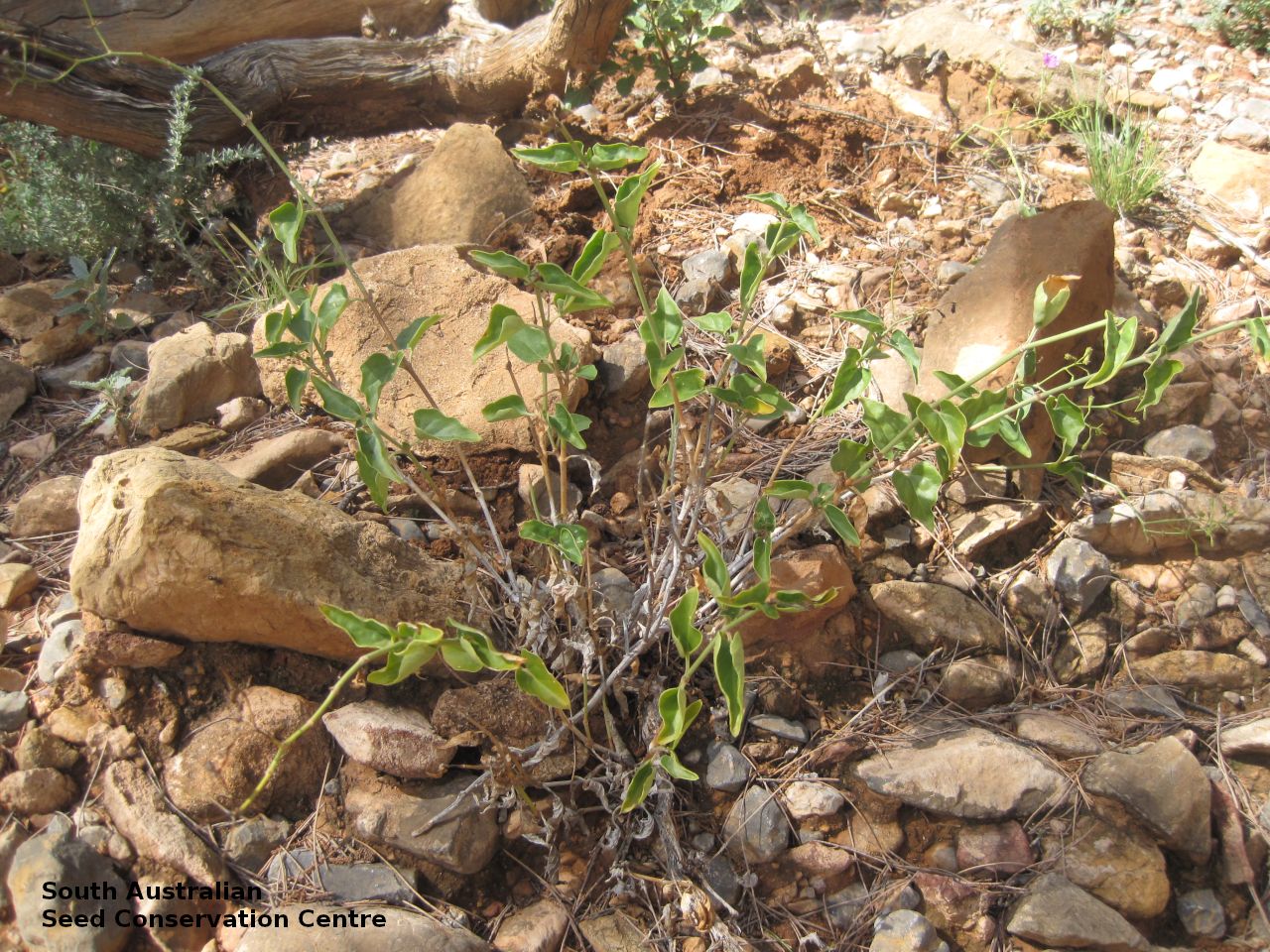
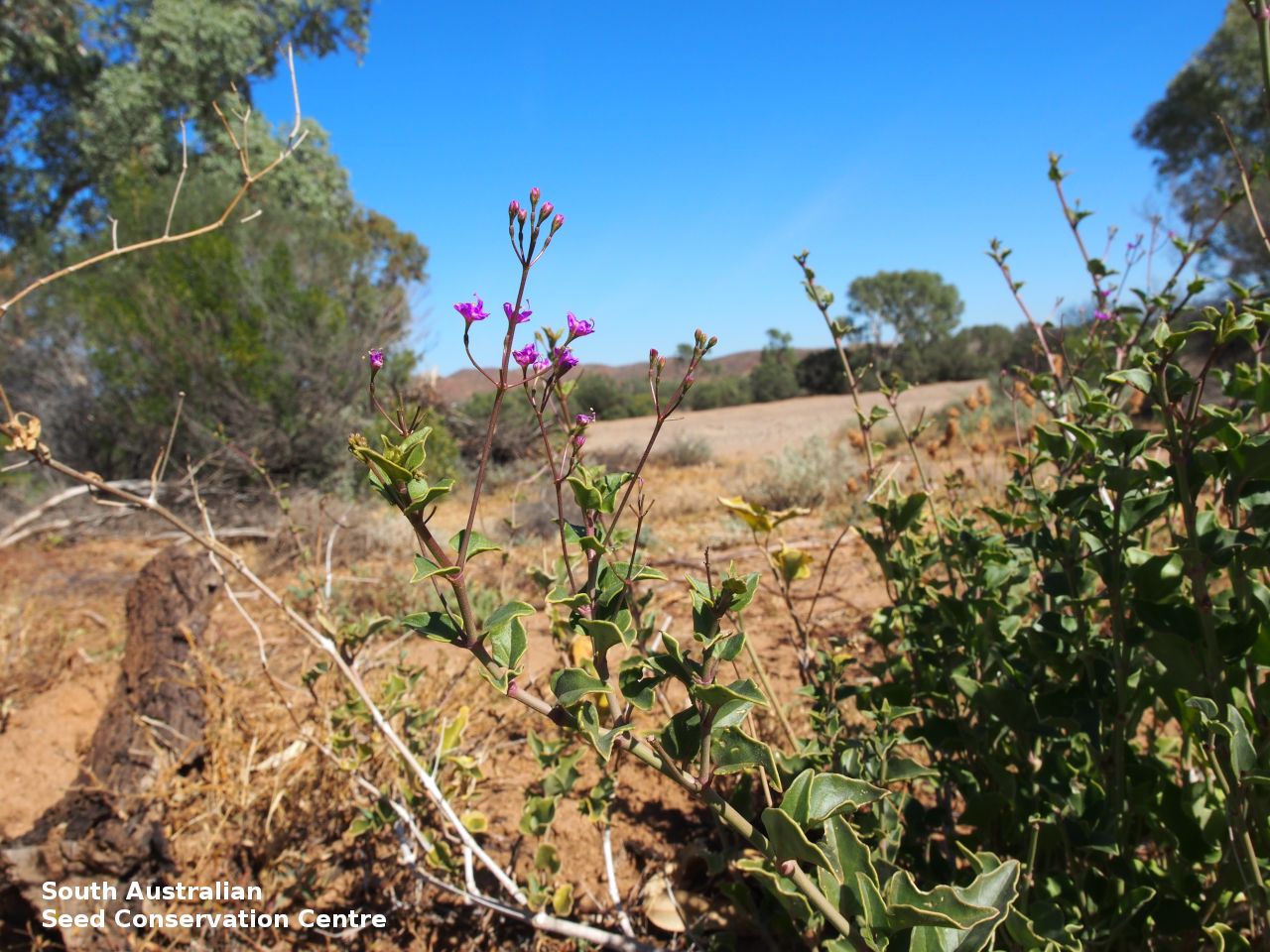
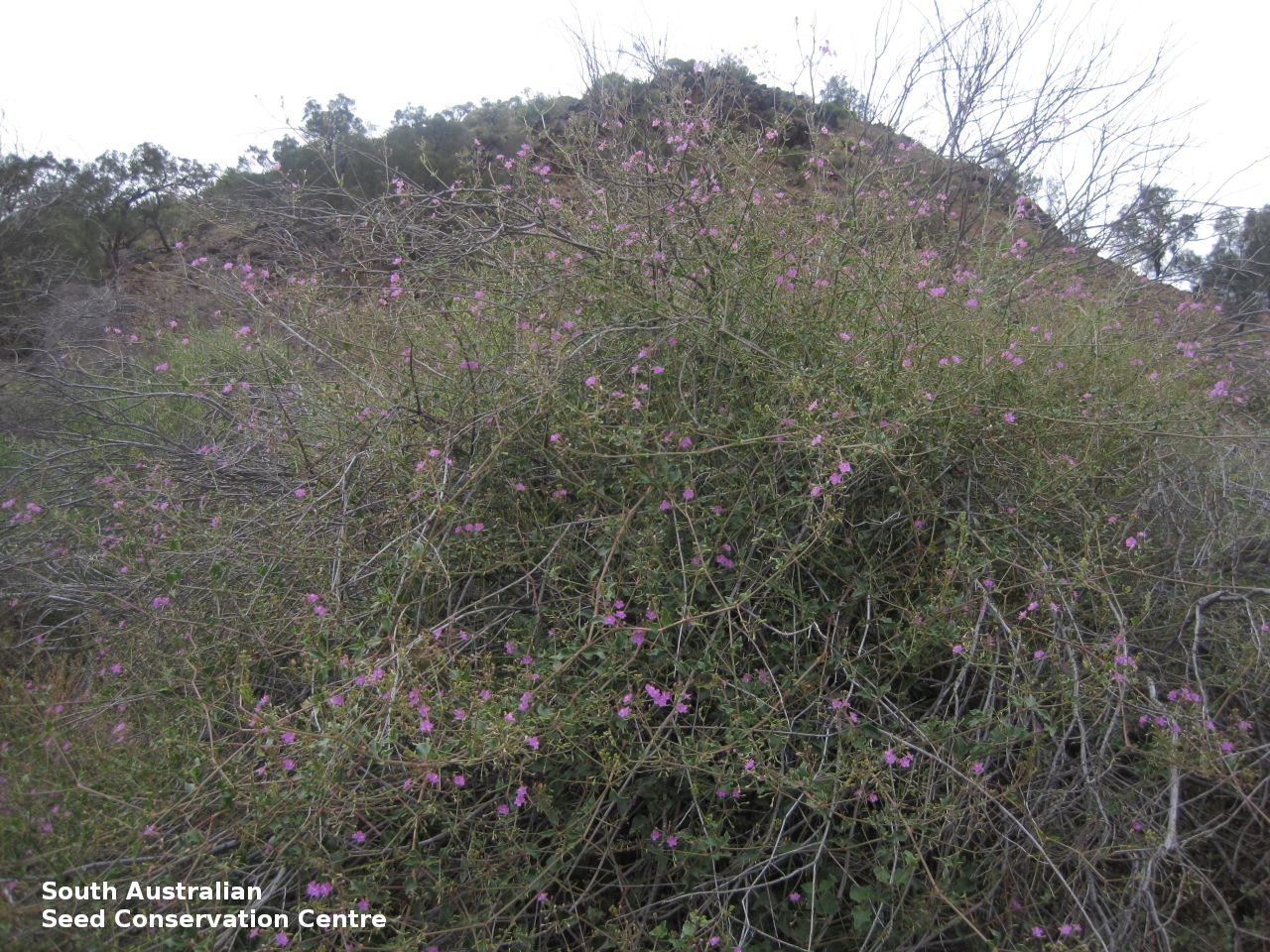
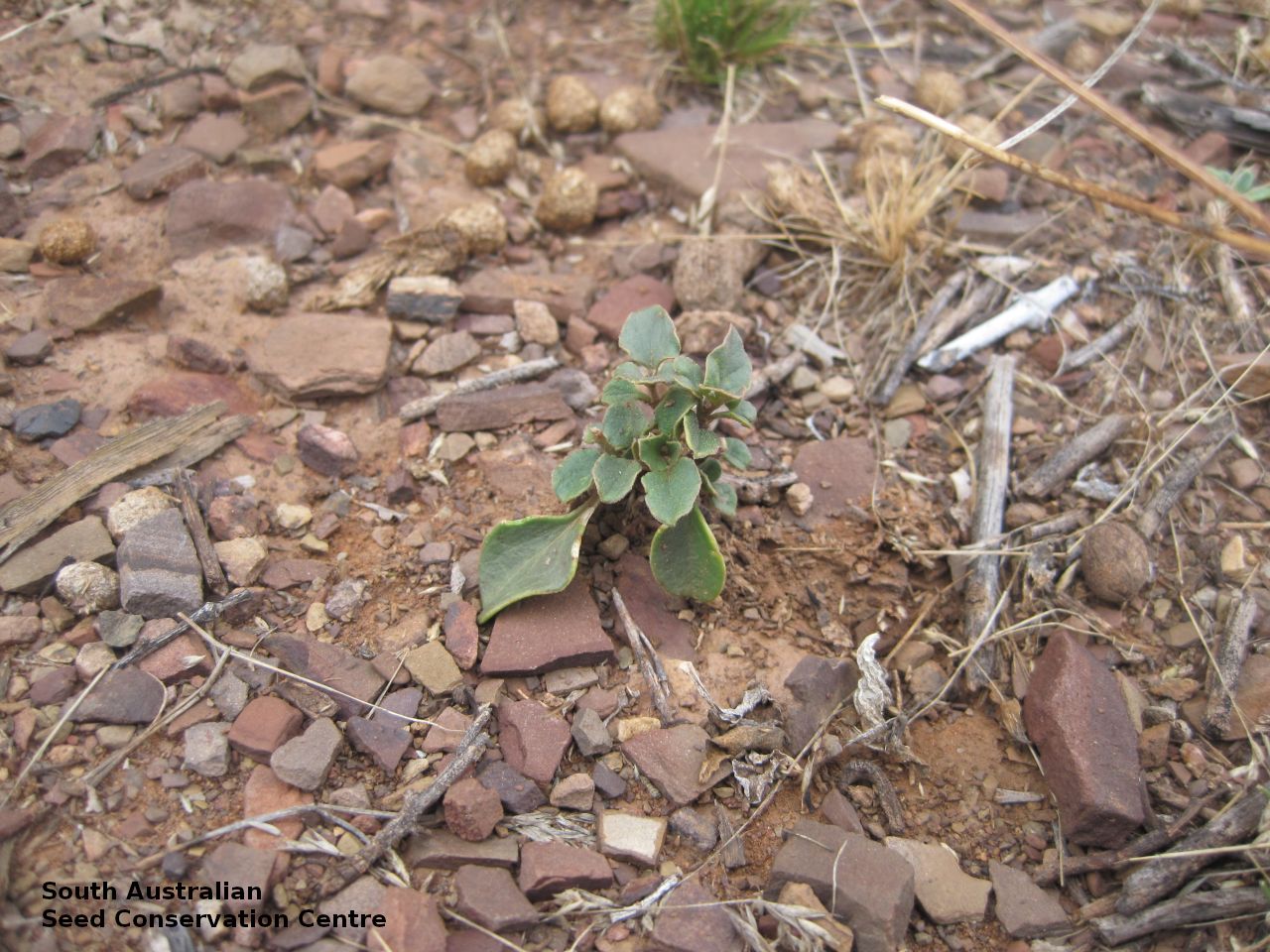

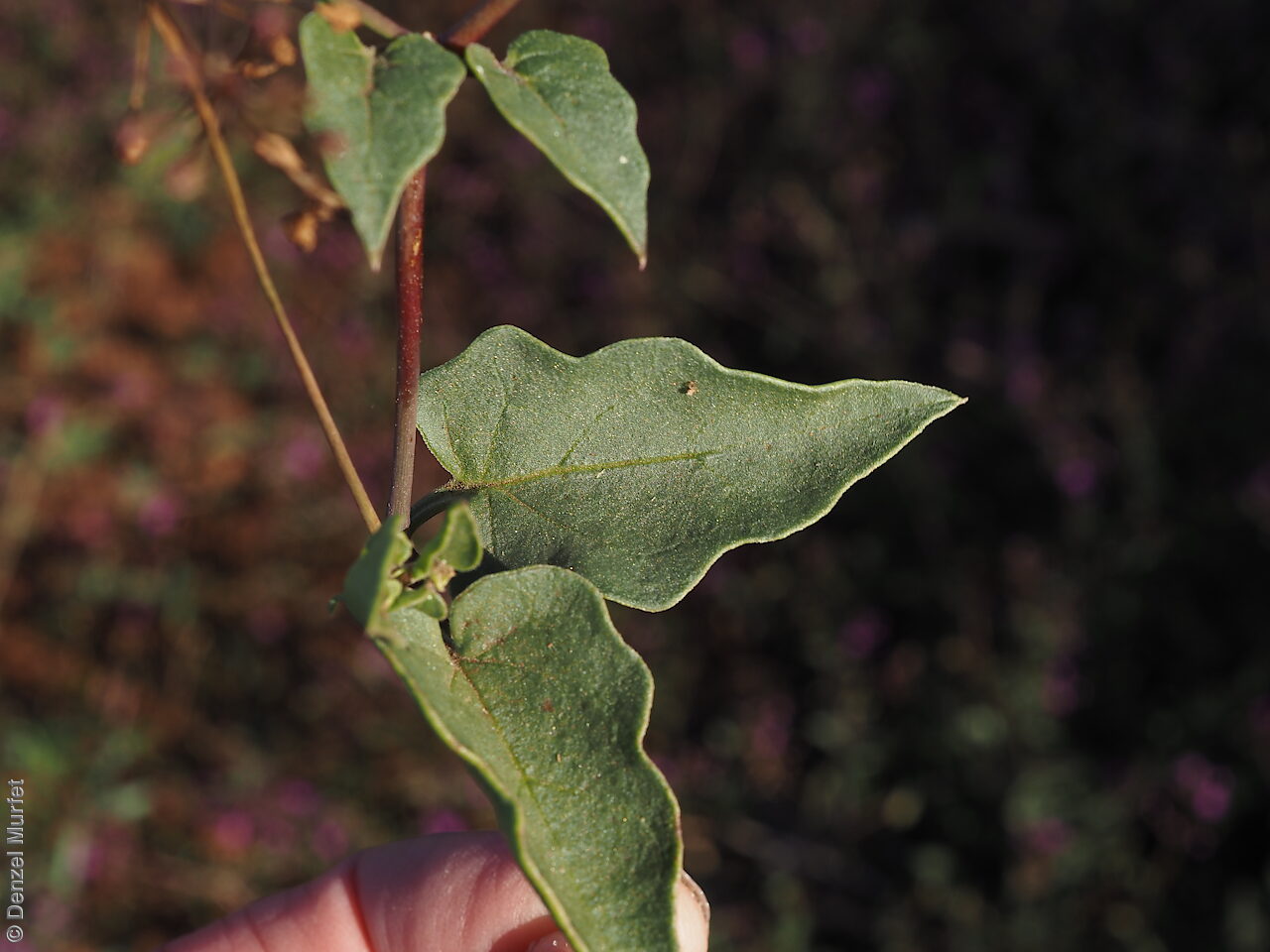
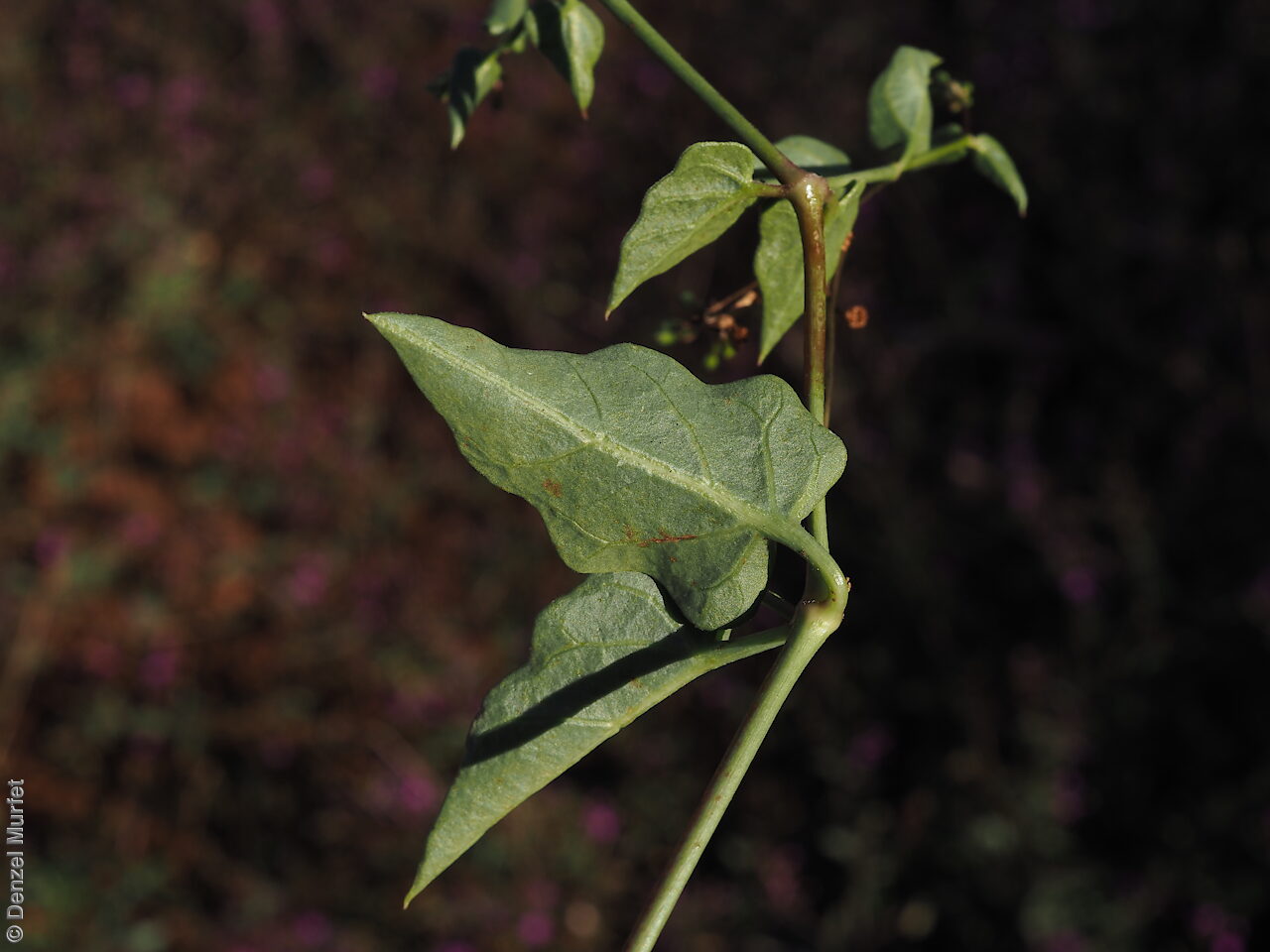
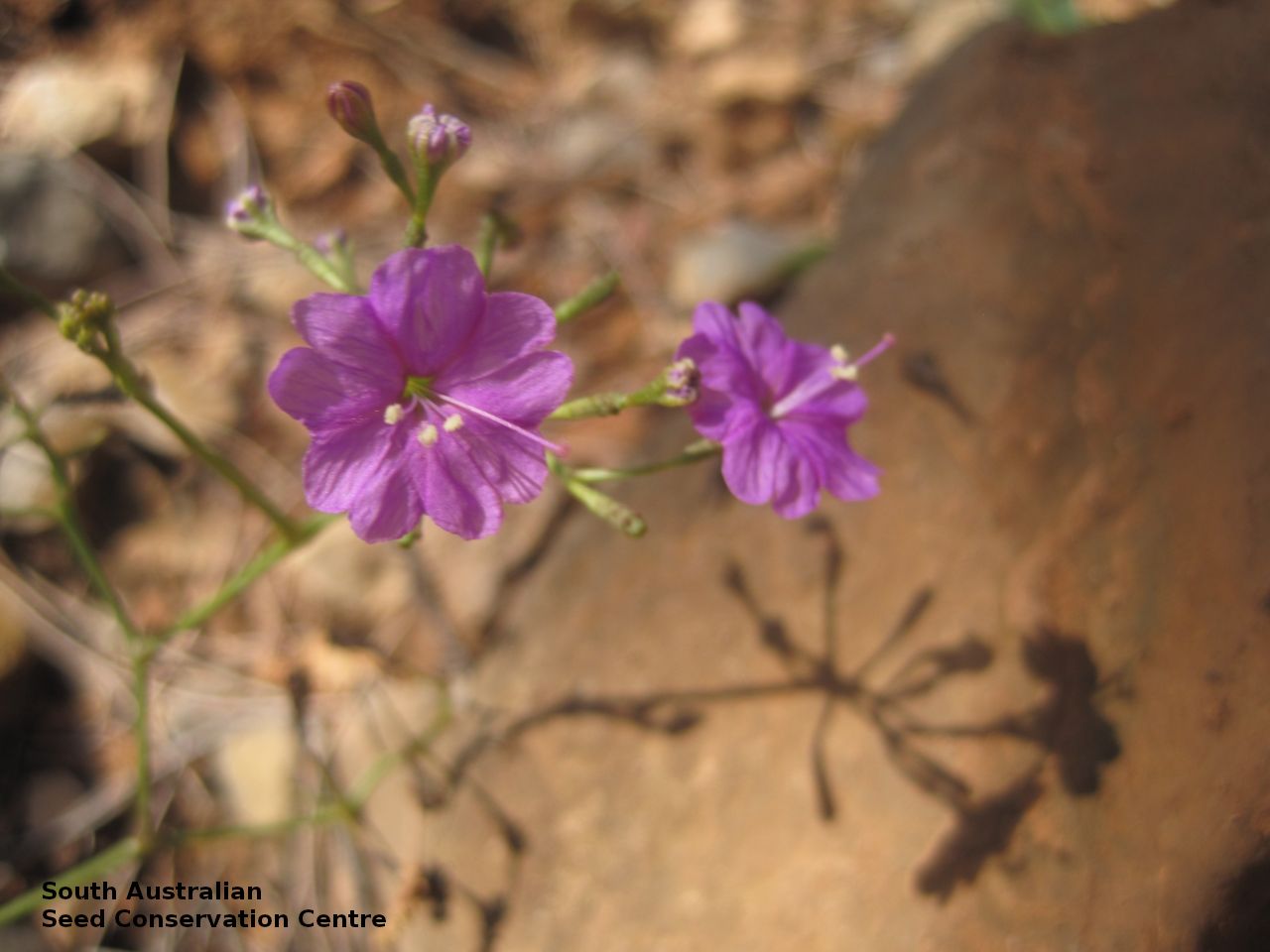
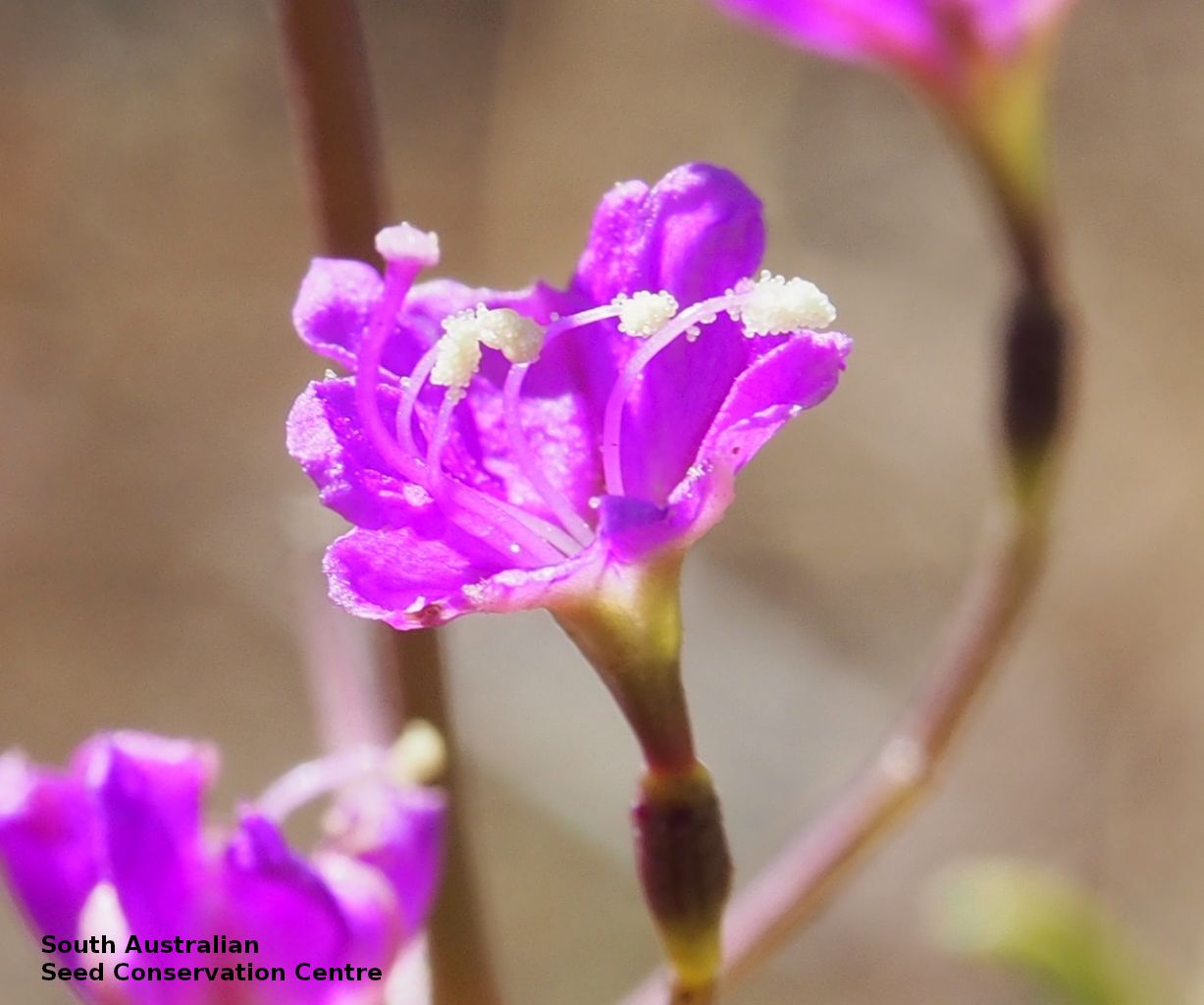
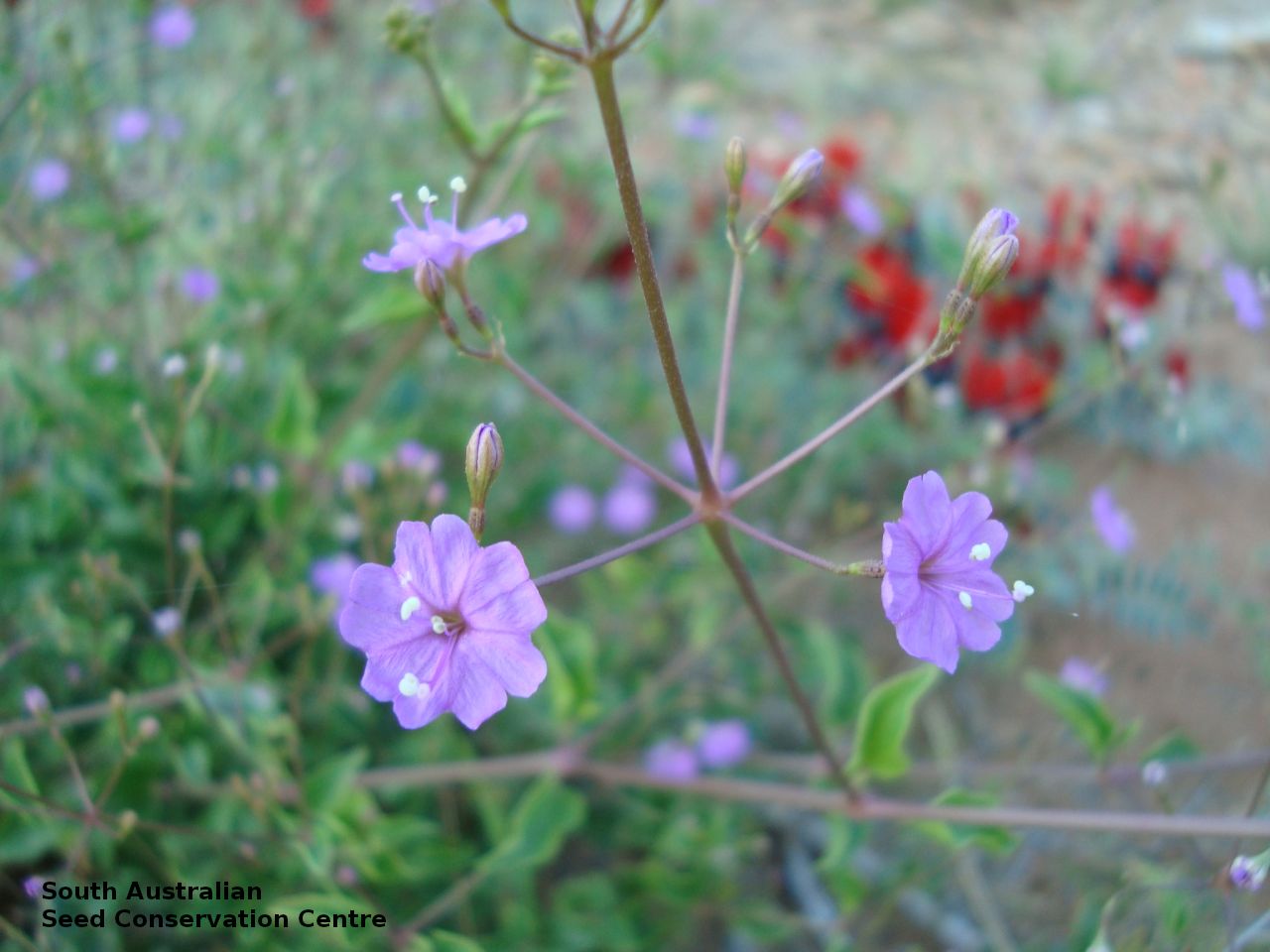
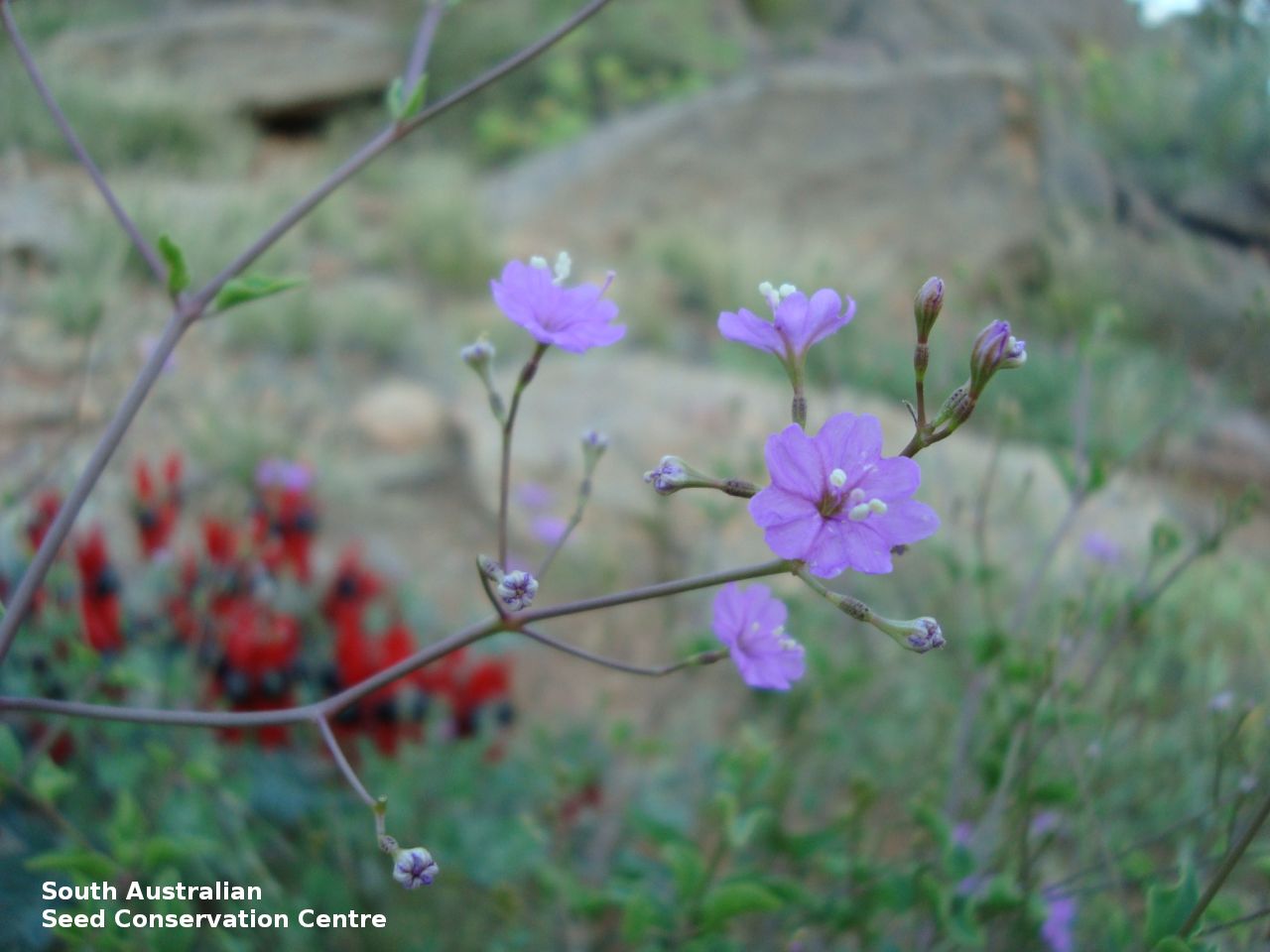
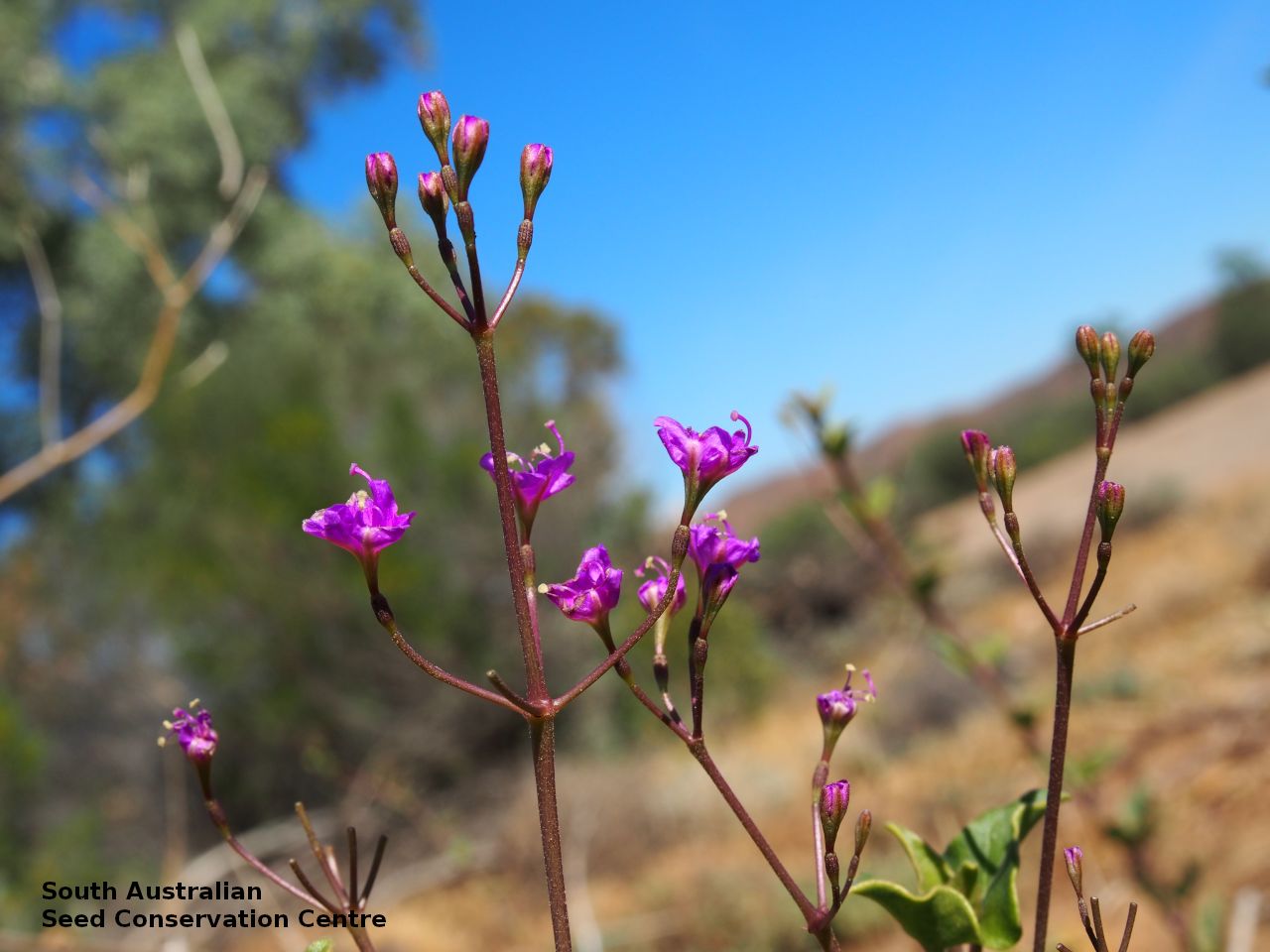
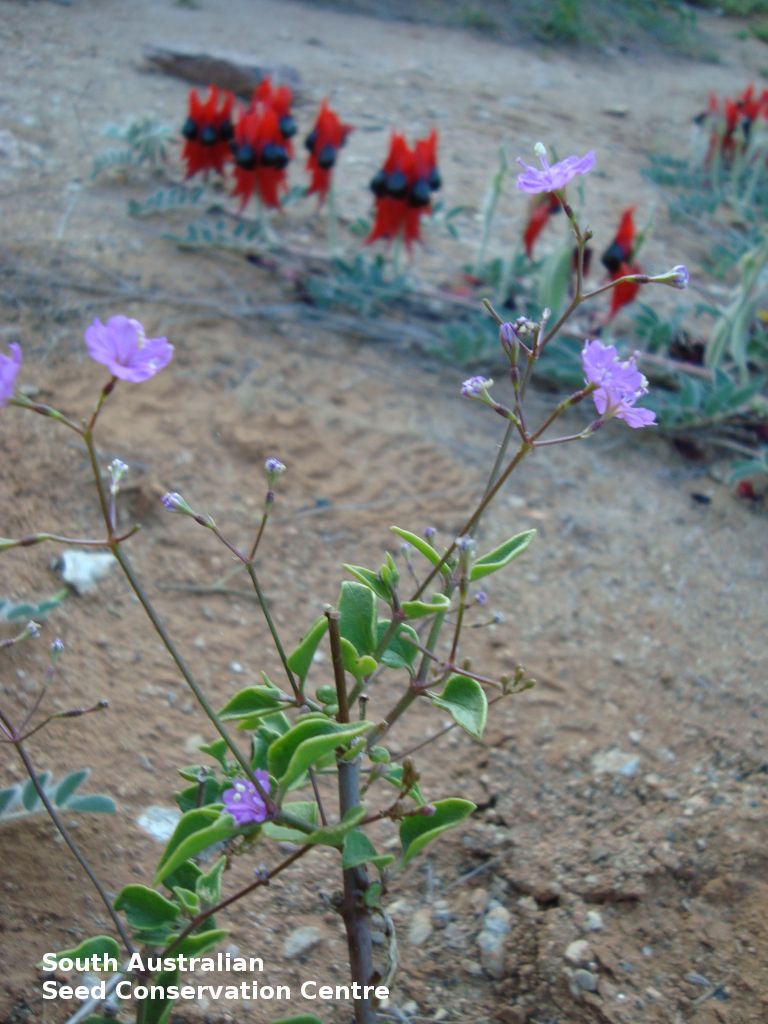
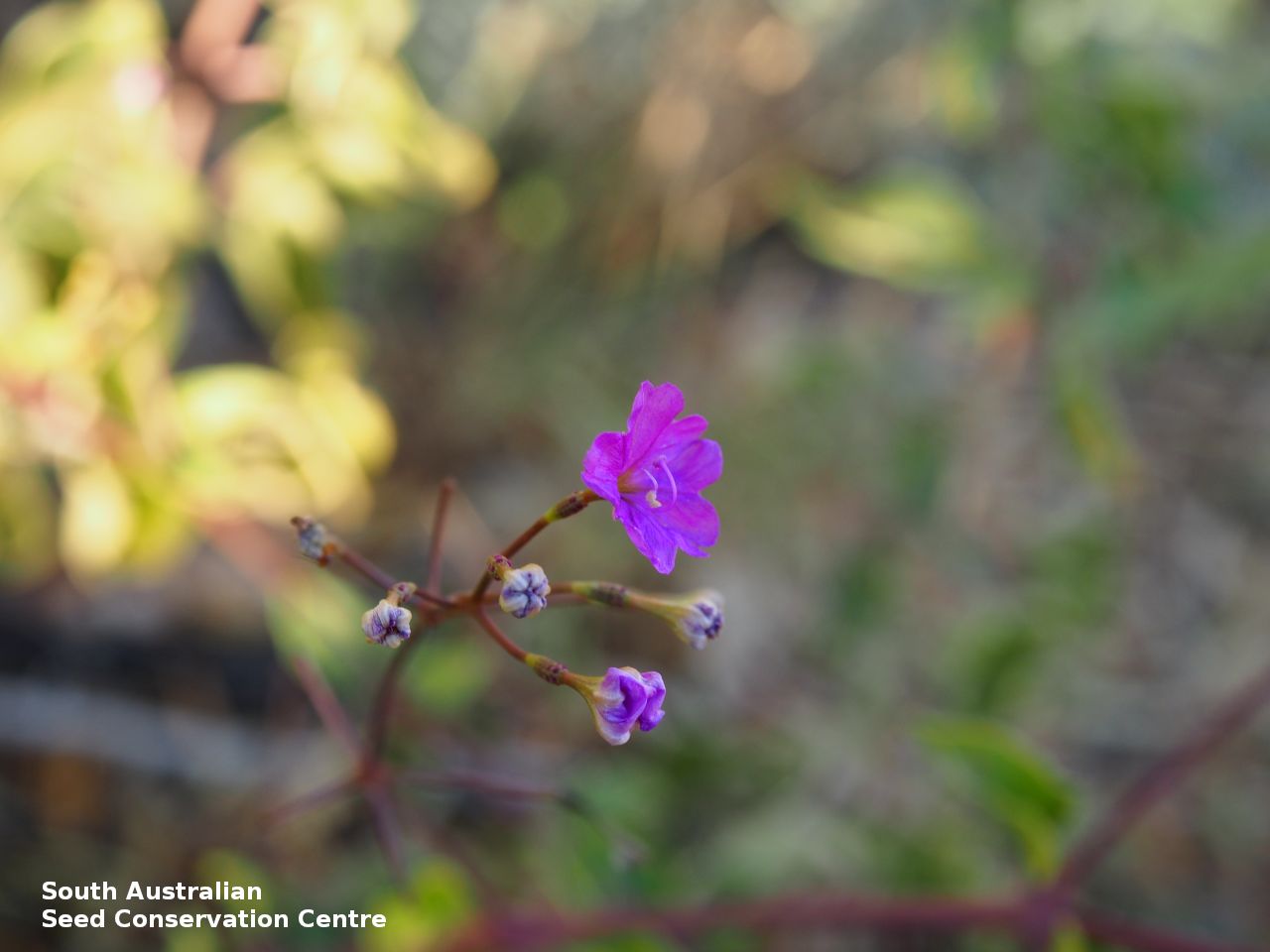

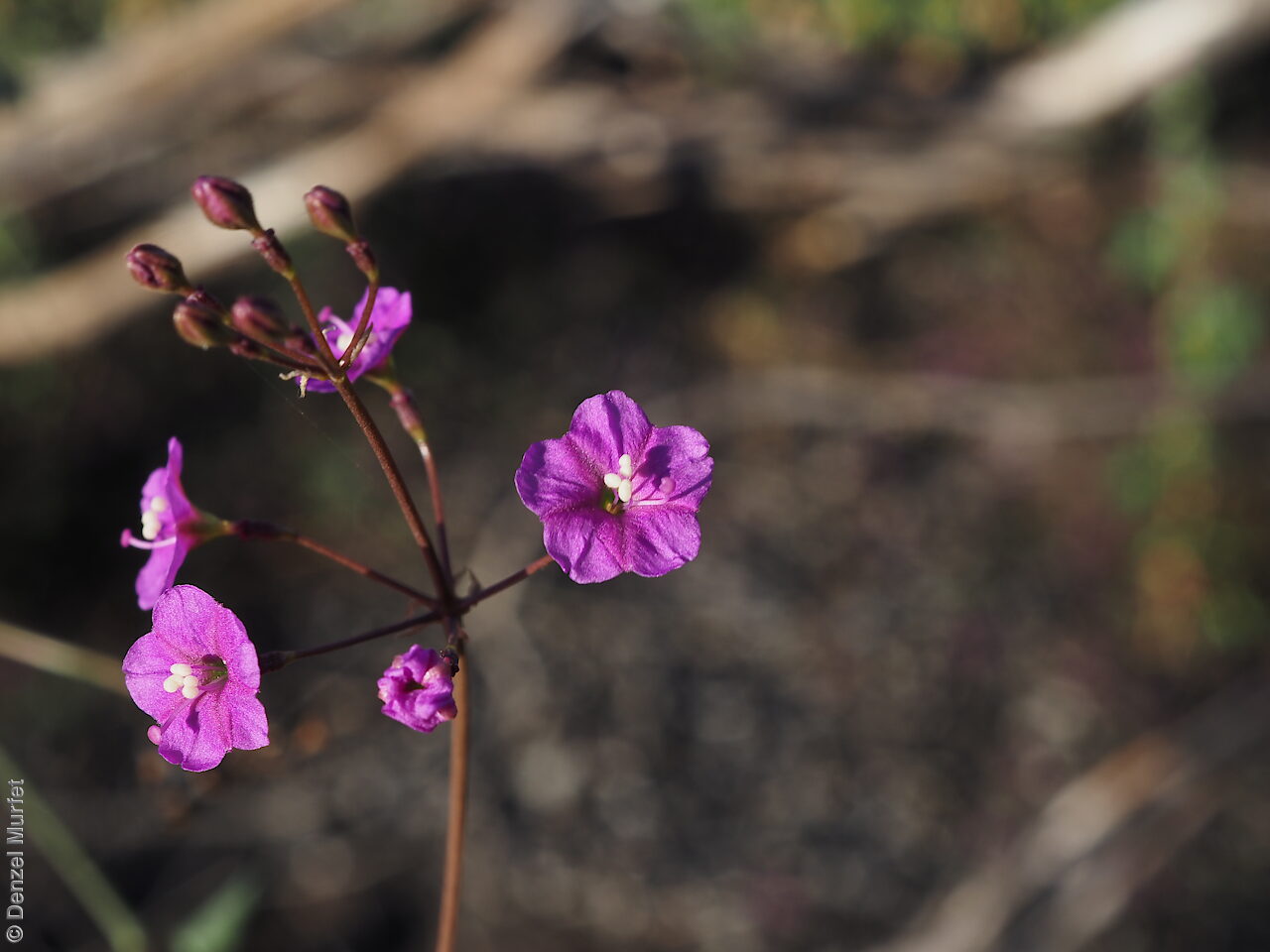
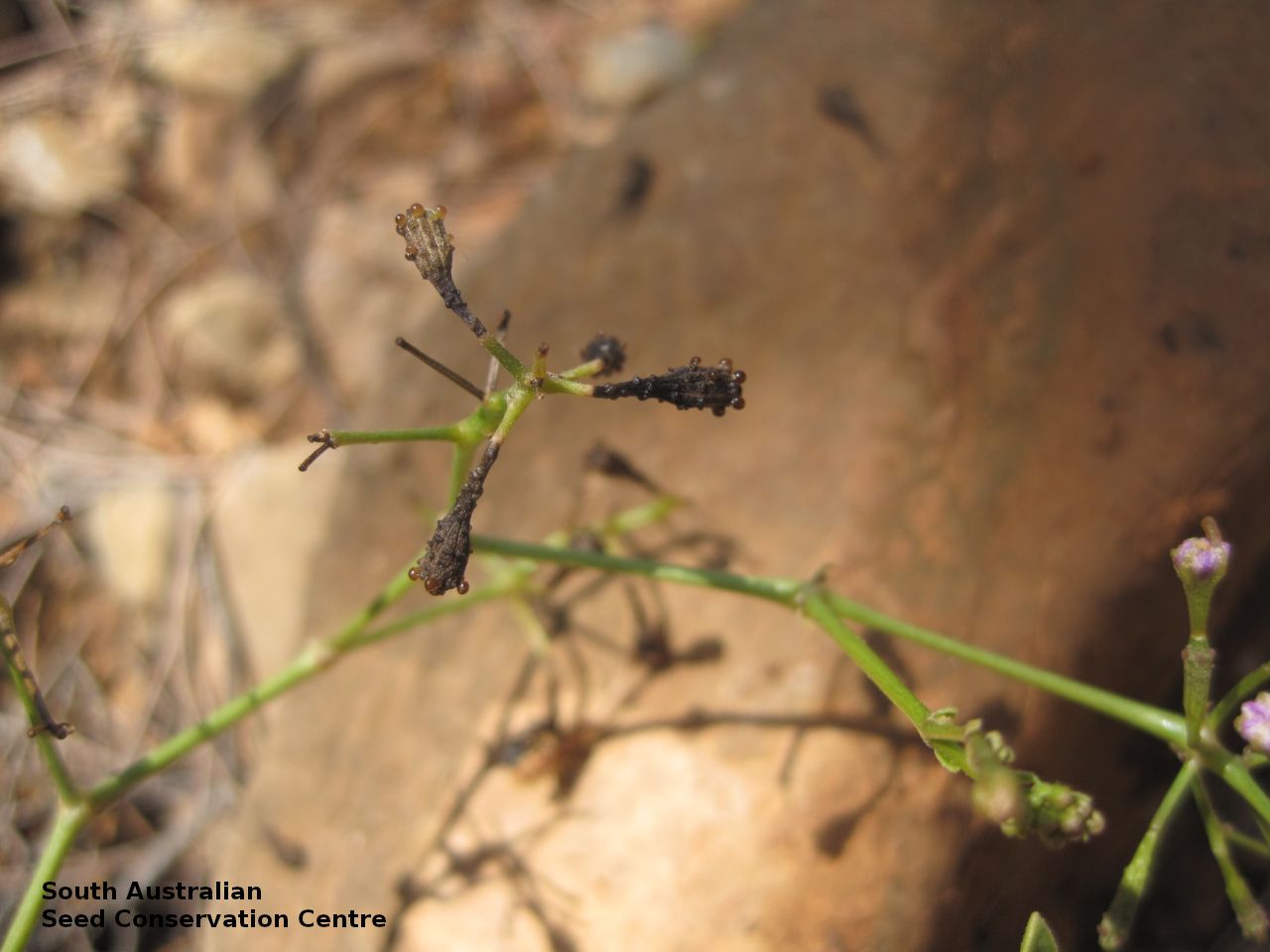


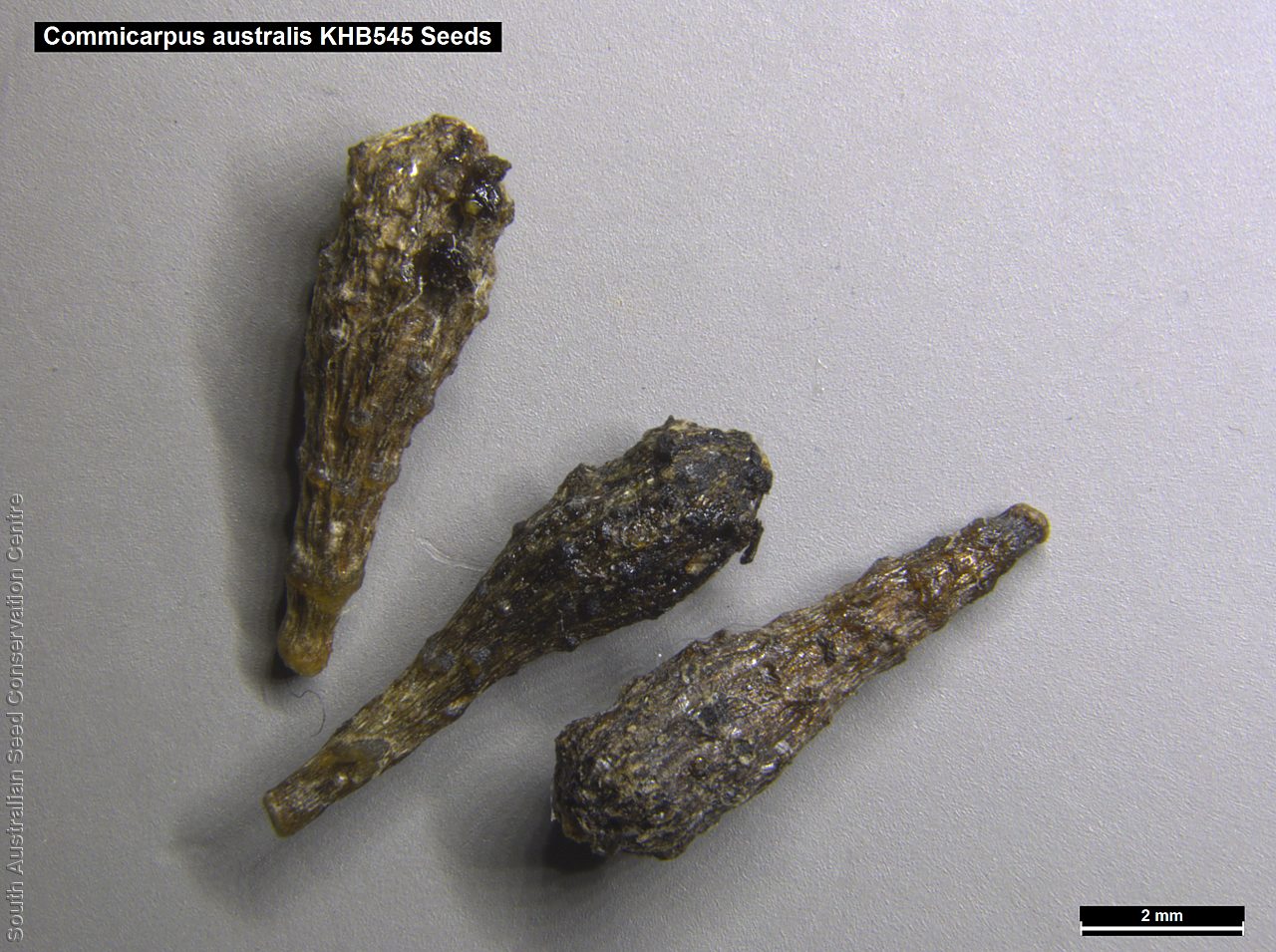


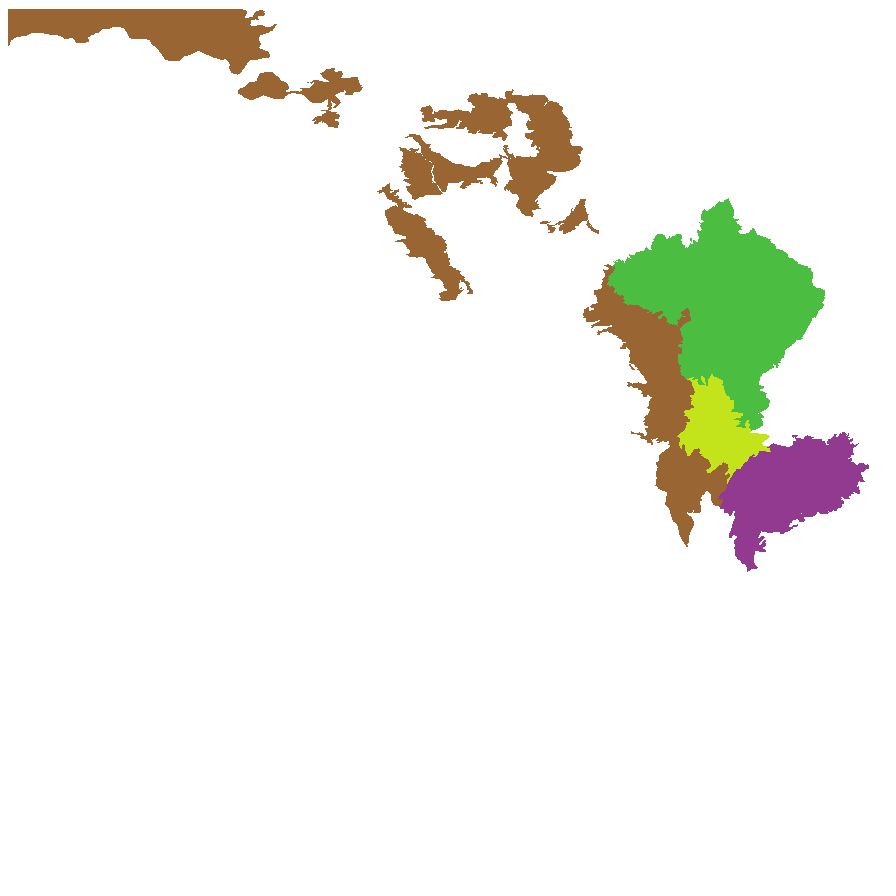
Botanical art
Prior names
Boerhavia repanda
Commicarpus chinensis
Etymology
Commicarpus from the Greek 'kommi' meaning gum and 'karpos' meaning fruit; referring to the glandular anthocarp. Australis means of or from the south, or Australia.
Distribution and status
Found north of the northern Flinders Ranges across to the north-west corner in South Australia. Also found in Western Australia and Northern Territory. Native. Common in South Australia. Uncommon in Northern Territory. Common in Western Australia.
Herbarium regions: North Western, Lake Eyre, Flinders Ranges, Eastern
NRM regions: Alinytjara Wilurara, South Australian Arid Lands
AVH map: SA distribution map (external link)
Plant description
Glabrous or somewhat puberulent perennial herb, with more or less erect or climbing stems. Leaves ovate, to 4.5 cm long and 4 cm wide, obtuse to cordate at the base, with undulate margins, often similar in colour on both surfaces. Flowers on pedicels with 3-8 funnel-shaped, pinkish flowers in an umbel. Fruits are dark woody brown club-shaped fruit to 10 mm long and 2.5 mm wide, surface covered with knob-like projections and hairs. Very stick. Seeds are rice-grain-like seed found at the fattest part of the fruit.
Seed collection and propagation
Collect seeds between November and May. Collect individual fruit by hand, those that are fat and hard. Fruits are very sticky. Place the fruits in a tray to dry for one to two weeks. No further cleaning is required if only fruits collected. Store the seeds with a desiccant such as dried silica beads or dry rice, in an air tight container in a cool and dry place. From one collection, the seed viability was high, at 100%.
| Location | No. of seeds (weight grams) | Number of plants | Date collected | Collection number Collection location | Date stored | % Viability | Storage temperature |
|---|---|---|---|---|---|---|---|
| MSB | 3,000 (31.92 g) | 50+ | 26-Nov-2010 | KHB545 Flinders Ranges | 100% |
Number of plants: This is the number of plants from which the seeds were collected.
Collection location: The Herbarium of South Australia's region name.
% Viability: Percentage of filled healthy seeds determined by a cut test or x-ray.